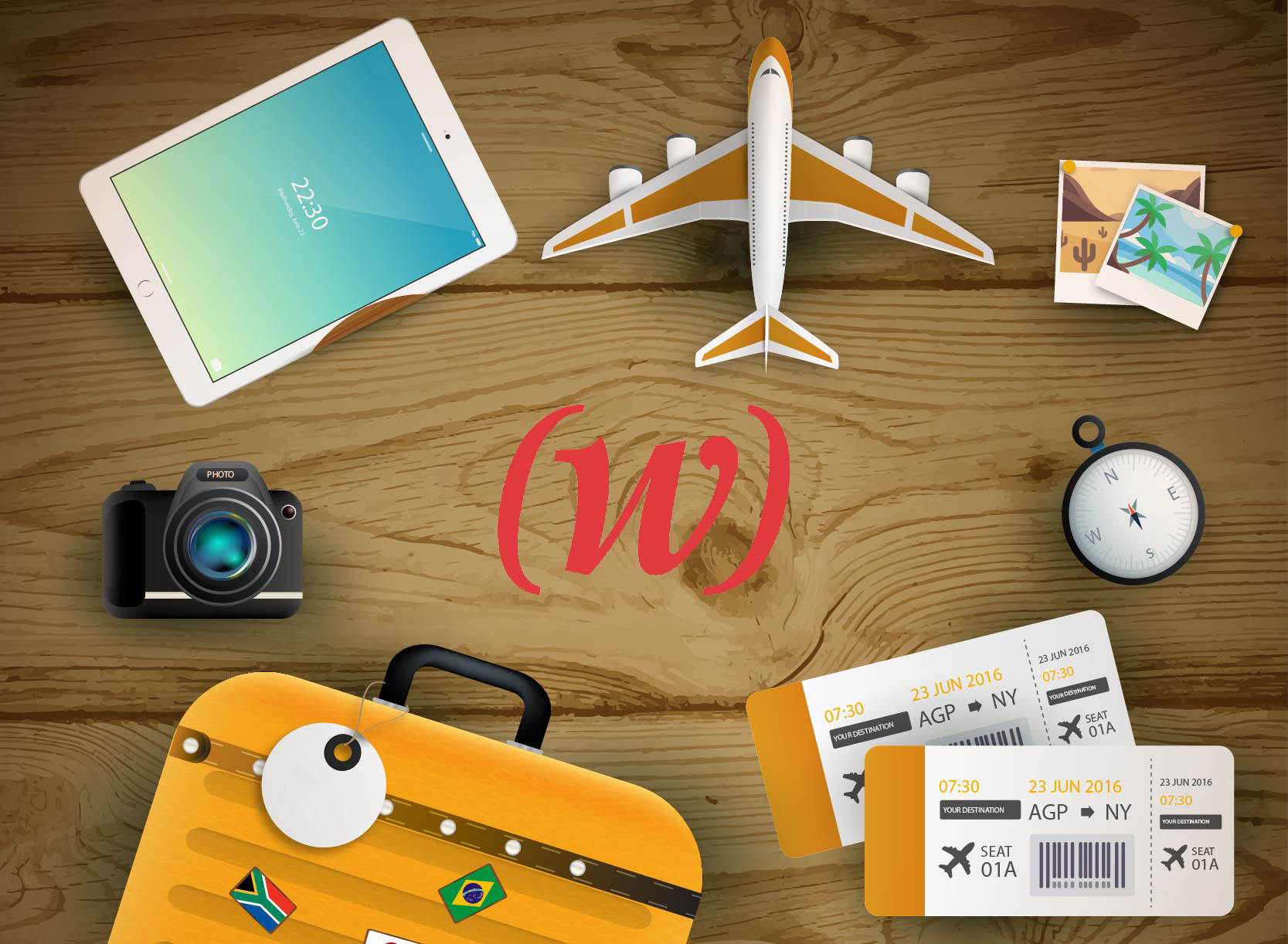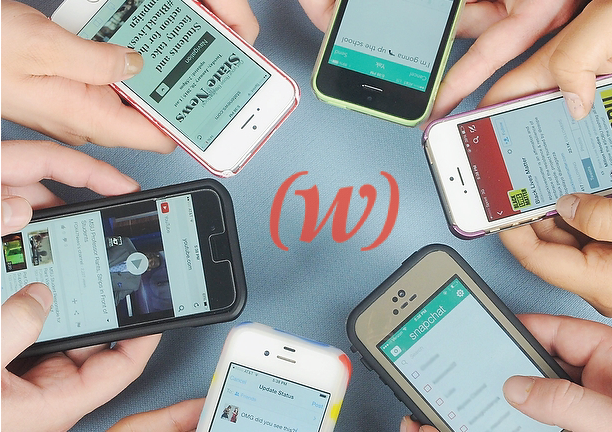By Kat Beaulieu, Communications Strategist
Whether you call it a press, news or media release or a press statement, it’s all the same thing—it’s the communication piece aimed at hooking the media onto your story. Far from being a relic relegated to our past, the press release lives on as an important tool in a PR professional’s toolkit. But in this age of media overload, getting your press release noticed is no simple feat. Plus, nowadays it’s equally important to ensure your press release appeals to robots and humans alike.
Read on for some best practices for ensuring your press release is seen by robots and humans and not getting lost in the shuffle.
The Writing Phase
Writing a press release for robots
Start writing your press release with an audience in mind. In this case, let’s begin with our robot audience. When I say ‘robots,’ I’m not talking about The Terminator, or Autobots & Decepticons, or cute heartstring-pulling characters like WALL-E. I’m talking about those web-crawling spiders that do all the grunt work of indexing the internet so that when we do a Google search on “press release,” it only takes 0.84 seconds to return 272,000,000 results (take THAT, human!)
Writing a press release for robots, or more specifically, writing an SEO optimized press release, follows certain protocols which are largely determined by the current algorithms of the top search engines you want to place prominently on. Basically you need to follow the same rules for your press release as you would for a web page. Fundamentally, this comes down to:
1. figuring out your key search terms
2. making sure those terms are peppered as naturally as possible throughout your press release.
Robots don’t care about varying your language to keep things interesting, using creative, emotional hooks to encourage them to read more, or even grammar and typos (unless they’re your key search terms, of course.) The robots will read to the end of your release no matter what and then efficiently and mathematically rank your press release among the 272,000,000 other ones out there.
Writing a press release for humans
Humans, on the other hand, care about all of those things. If there’s nothing compelling about your headline, they won’t bother reading more. If the release reads like a boring SEO-peppered document with no WIIFM (what’s in it for me, or my audience), they won’t bother remembering it. And if your release has grammatical mistakes or typos, it will also upset most humans in editor, journalist (and many) blogger roles and they’ll stop reading it. So after investing time creating an SEO optimized press release, edit it for human consumption. This means spending the time to:
1. Create a catchy headline for your press release that piques a human’s curiosity
2. Elaborate on the press release headline with supporting detail in the sub-head
3. Embed WIIFM detail throughout the body of the press release, preferably with an emotional connection—make it instantly clear why this topic is relevant, interesting, funny, sad, irritating, inspiring, joyful and most importantly, worth sharing. Give it the Facebook share test—is the info cool enough that you’d share it on Facebook given the right audience?
4. Include a good and relevant photo that supports the story. A picture says a thousand words, and this is so much more important in today’s highly-visual media arena. Plus, providing a low-res image in your initial press release provides an excellent opportunity for you to accompany the release with a personalized note to get in touch with you for a hi-res version.
5. Proofread. Robots don’t care about typos. Humans do.
The Distribution Phase
Distributing a press release to robots
Sending your press release over a paid wire service is an almost guaranteed way of capturing the attention of the robots. In fact, paid wire services serve little other purpose. In addition to sending your press release out over the wire, you can help contextualize it by supporting it through owned media channels (like a corporate website and social media). This is another place where your good and relevant photo will come in handy as you tweet and post teasers from your press release to followers.
While you might not see any immediate results, getting the robots to index your press release will pay off in the long term. It’s called seeding the internet—consider it like good press insurance. You want lots of good stories indexed by the robots so that the good outweighs the bad. This way, when something “bad” hits the media, the search results present some of the good along with the bad.
Distributing a press release to humans
As you’re probably already aware, humans are a lot more high-maintenance than robots and as such, require more time investment. To get humans to notice your press release, it helps to keep some uniquely human behaviors in mind, like:
- Humans are social. Fact: humans are more likely to respond to humans they already know. It’s not fair, but it’s true. An editor will more likely read an email and respond to a voicemail from someone they know and trust. Build those relationships.
- Humans have expectations. Humans expect you to do your homework. Do your research and find out which editors specialize in the topic of your news release. If it’s not that person’s specialization, they probably won’t care about your press release. This is where an up-to-date media list and your WIIFM copy is crucial.
- Humans have a short attention span and can forget things. Unlike a robot, who will systematically comb through each and every press release in an orderly fashion, a human will likely skim through until something catches their interest. This is where your short catchy headline is golden, and where a heads-up or follow-up call can make all the difference.
- Humans are lazier than robots. Avoid relying on attachments that humans have to double-click to open. Put the press release and image in the body of the email where possible.
So should I write a press release for a robot or a human?
The answer is that a really good press release that gets noticed is written for both. You can start with a skeleton press release that hits all the SEO sweet spots, and then flesh it out with the strong emotional meat that hits the humans in the feelies.
Need help with your press release? Fortunately we have a full team of humans who specialize in writing captivating press releases that appeal to both robots and humans. Get in touch and we’ll respond in a humanistic way that’s refreshingly un-robotic.








 Grant Wright
Grant Wright





 Corie Fiebiger
Corie Fiebiger
 Shae Geary
Shae Geary Roman Lukjanenko
Roman Lukjanenko Phelan Riessen
Phelan Riessen Katrina Early
Katrina Early Hamish Marshall
Hamish Marshall